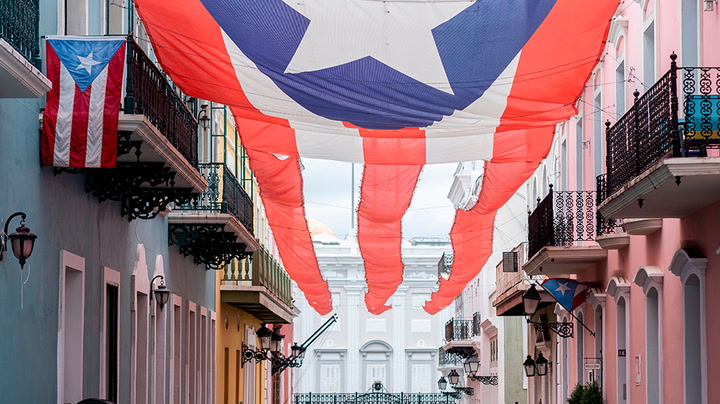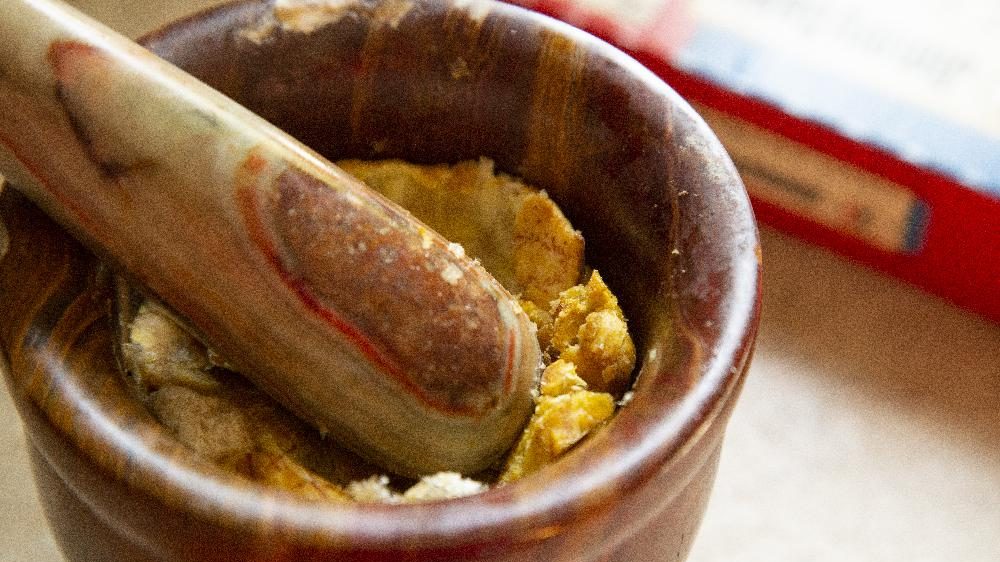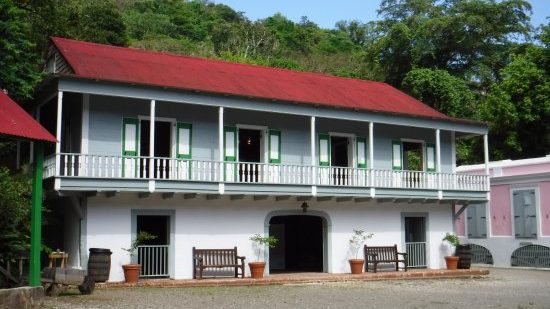
A History of the Hacienda Buena Vista Coffee Plantation
The Hacienda Buena Vista Coffee Plantation in Puerto Rico is a historic site that has played a significant role in the island’s rich coffee-growing history. Located in the central mountain region of the island, the Hacienda Buena Vista was once one of the largest and most successful coffee plantations in Puerto Rico. Today, it is a popular tourist destination and a living museum that offers visitors a glimpse into the island’s coffee-growing past.
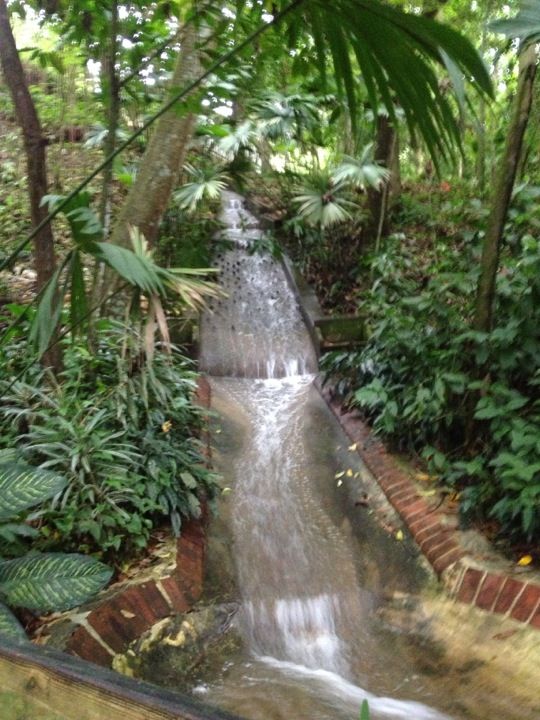
The Hacienda Buena Vista was founded in the early 19th century by Don José Julián Acosta, a wealthy Spanish landowner who saw the potential for growing coffee in Puerto Rico’s tropical climate. Acosta purchased a large tract of land in the central mountain region and began planting coffee trees. He also imported skilled laborers from Europe and the Caribbean to work on the plantation, which eventually grew to encompass over 2,500 acres.
In its heyday, the Hacienda Buena Vista was a thriving and prosperous enterprise, producing high-quality coffee that was in demand around the world. The plantation was known for its innovative approach to coffee production, including the use of innovative farming techniques and modern machinery. The Hacienda Buena Vista was also one of the first coffee plantations in Puerto Rico to introduce hybrid coffee varieties, which helped to improve the yield and quality of the crops.
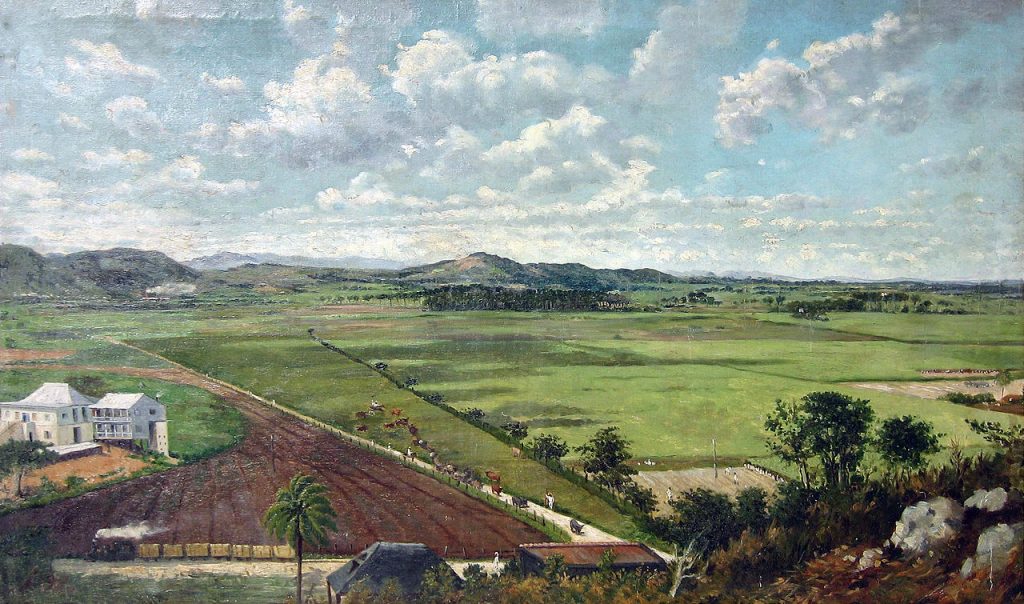
La Hacienda Buenavista en Ponce, Puerto Rico, 1840 – Francisco Oller
In addition to its success as a coffee plantation, the Hacienda Buena Vista was also a model of social and environmental responsibility. The plantation provided its workers with housing, education, and medical care, and it played a key role in the development of the surrounding community. In addition, the Hacienda Buena Vista was a pioneer in sustainable farming practices, using techniques such as cover cropping and organic fertilizers to protect the soil and preserve the natural environment.
Despite its success, the Hacienda Buena Vista faced challenges in the 20th century, as the coffee industry in Puerto Rico declined due to economic and political instability. The plantation eventually closed in the 1970s, and the land was left abandoned for many years.
However, in the 1990s, the Hacienda Buena Vista was restored and opened to the public as a historic site and museum. Today, visitors can tour the plantation and learn about its history, see the original machinery and equipment that was used to grow and process coffee, and learn about the innovative techniques that were used to produce high-quality coffee.
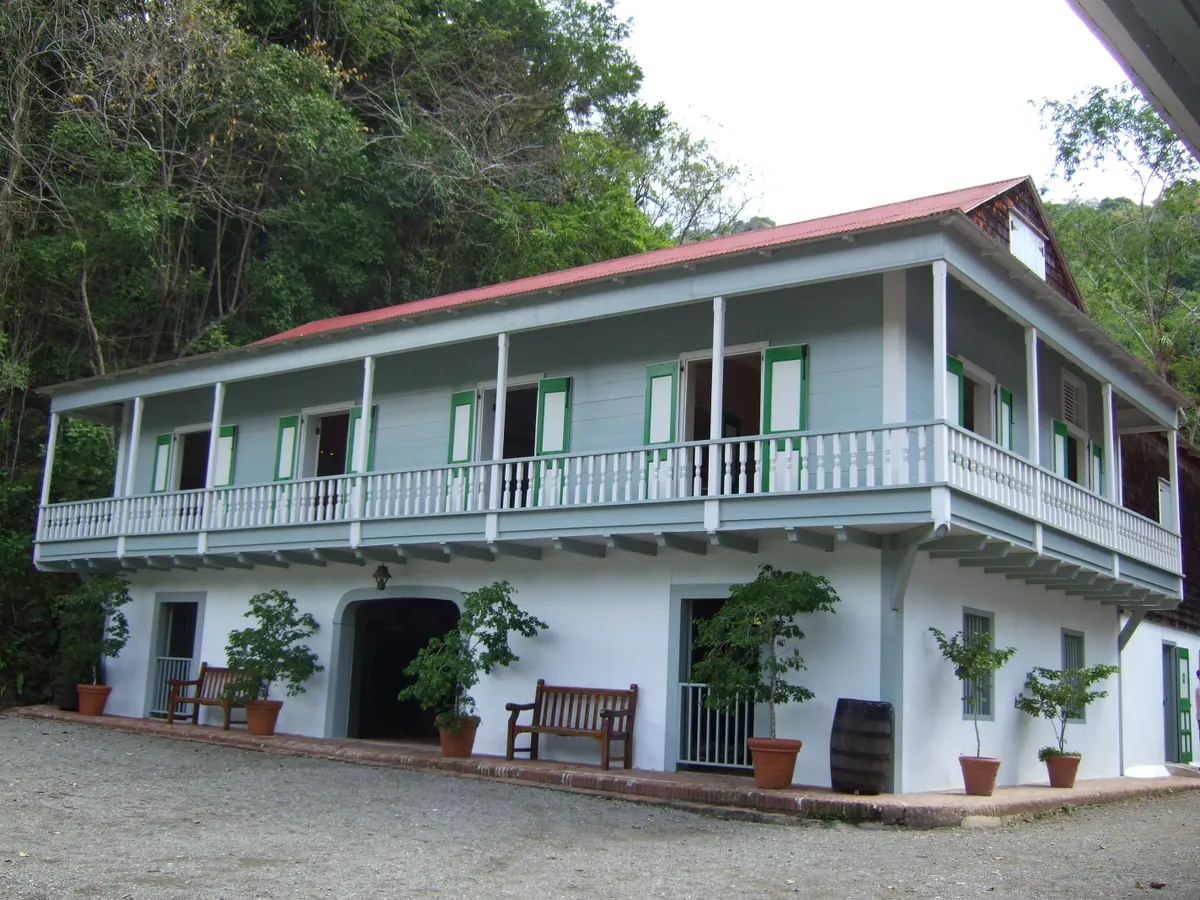
In addition to its historical significance, the Hacienda Buena Vista is also a key player in the contemporary coffee industry in Puerto Rico. The plantation has resumed coffee production, using the same methods and techniques that were used in the 19th century. Visitors can taste the plantation’s coffee and learn about the process of growing, harvesting, and roasting coffee on the island.
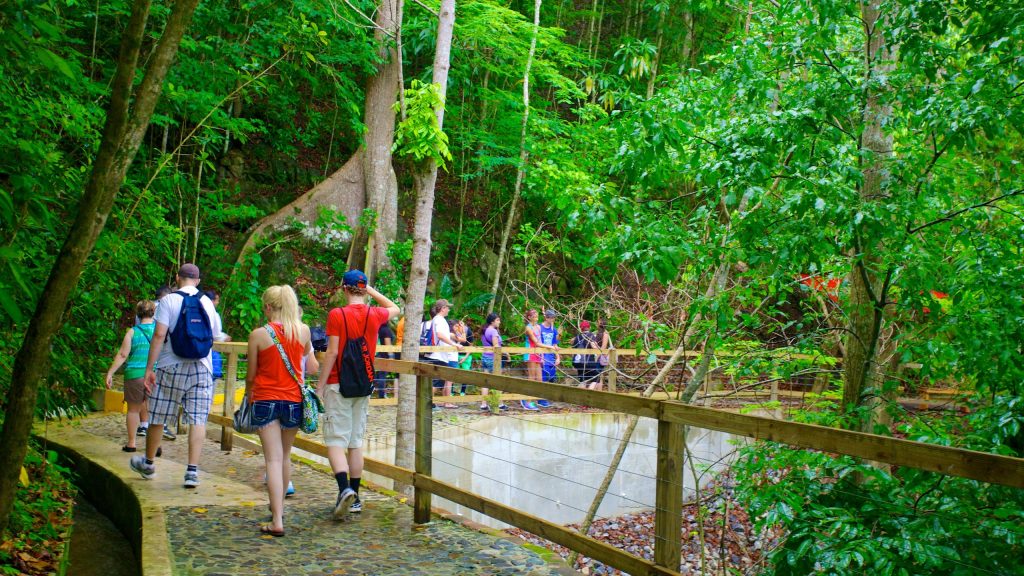
In conclusion, the Hacienda Buena Vista Coffee Plantation is a fascinating and important part of Puerto Rico’s coffee-growing history. Its innovative approach to coffee production and commitment to sustainability have made it a model for other coffee plantations on the island and around the world. Today, the Hacienda Buena Vista continues to produce high-quality coffee and is a popular tourist destination that offers visitors a unique and memorable experience.








